Lamborghini Countach LP500: The Making Of A Legend
Images: Archivio centrale dello Stato/Stile Bertone, Revs Institute, Kaare Byberg, Roma Motor Show/Archivio Rivista Motor, Philippe de Barsy
Even if Lamborghini had nothing new to show at the opening day of the 1971 Geneva Motor Show, on the 11th of March, Bertone had a Lamborghini-badged show stealer on display instead.
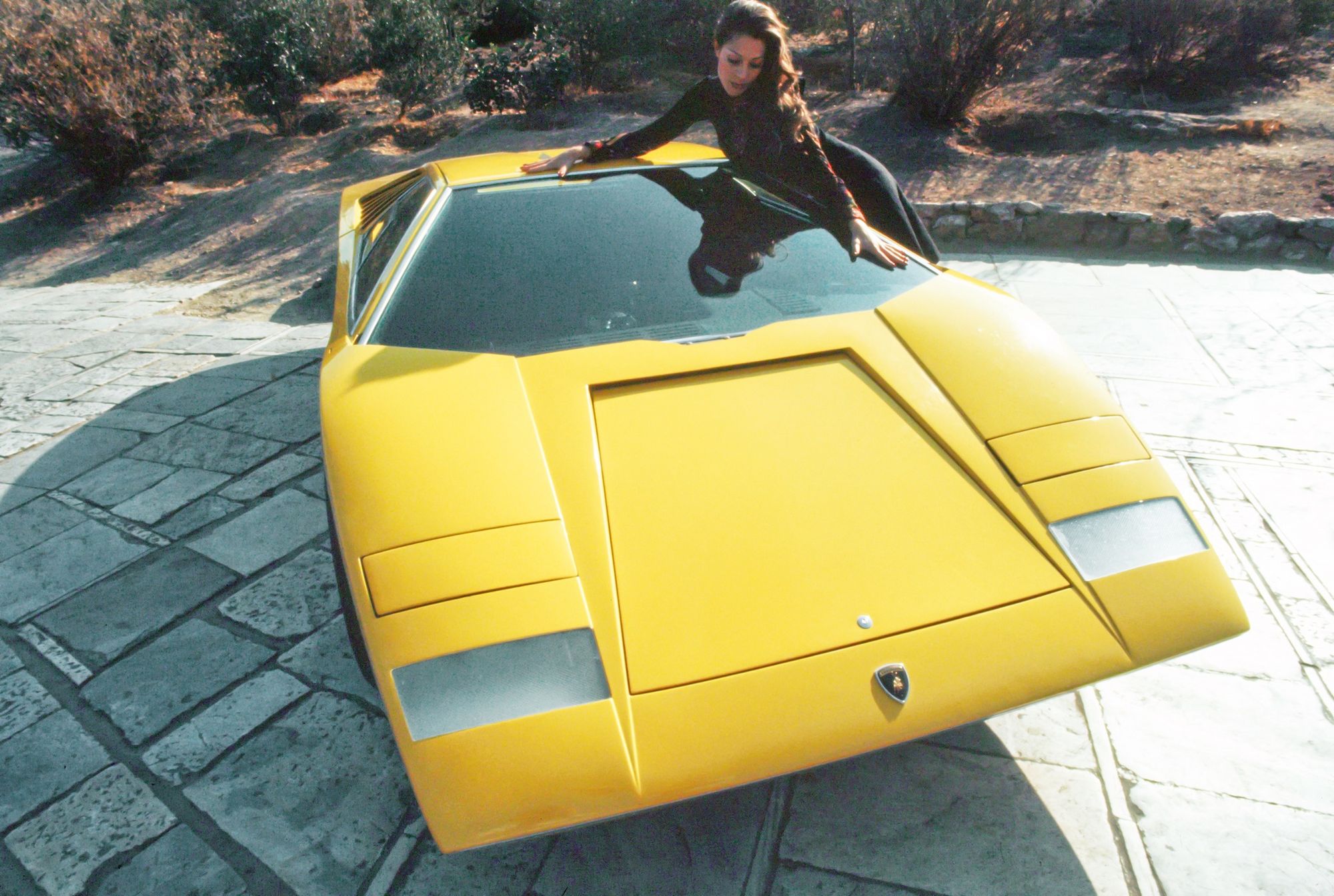
The new car on display was one of the most striking of automotive sculptures ever. It looked as extraordinary as any of the recent dream cars that had been capturing the imagination of enthusiasts and lay people, yet production-able; one that was not just another flight of fancy, but more tangible, street legal, something that one with serious means could own and cruise on a city boulevard or storm out on a highway.
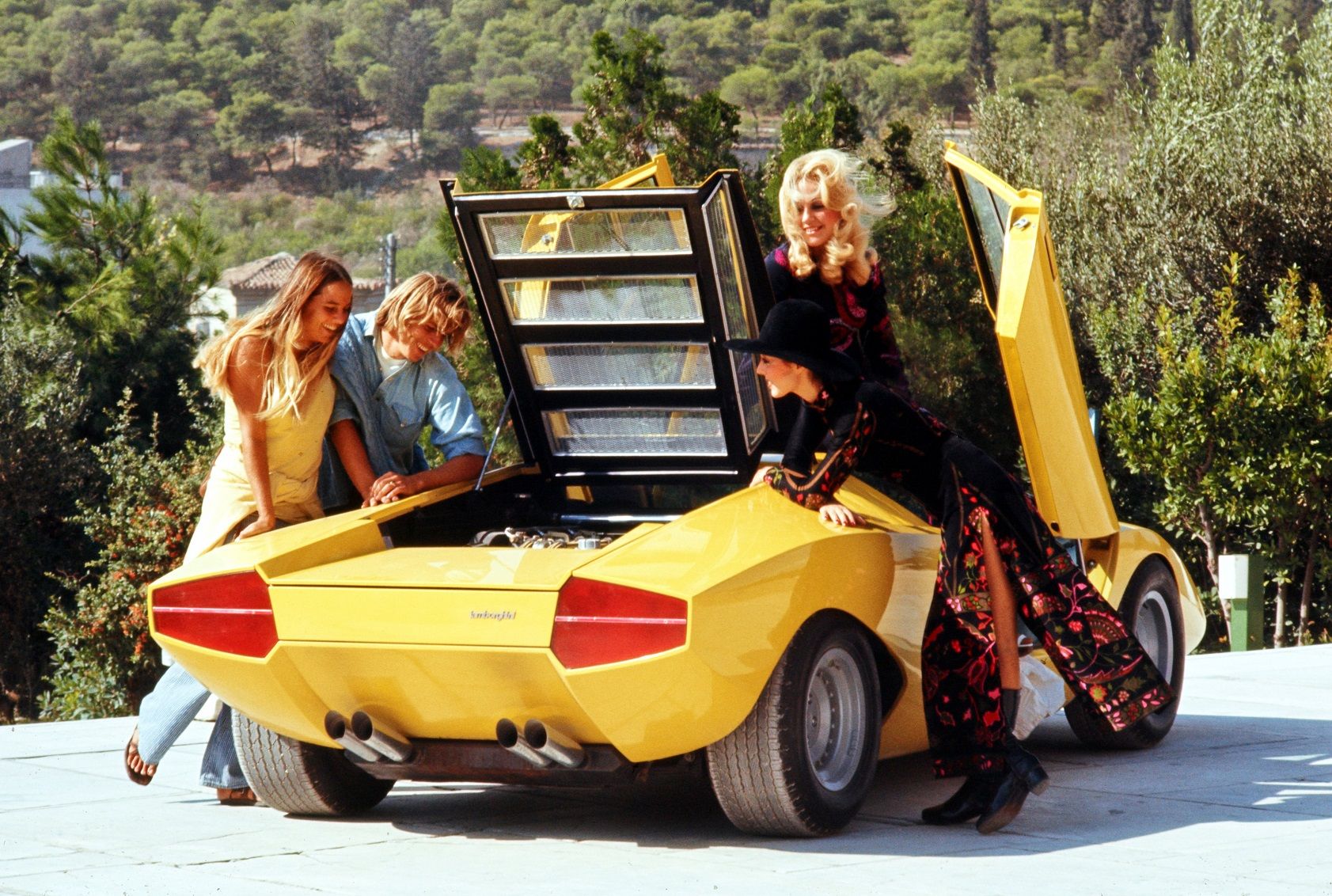
The latest concept car from the redoubtable Bertone-Lamborghini combo was branded the Countach. What did that mean, another bull?
No, it was a sort of expletive in Piemontese, a word that loosely translated to ‘what the f… is that?’ Apparently, it was the word used regularly by one of the artisans within Bertone as the making of the prototype progressed, and that stuck on as the yellow projectile’s name.
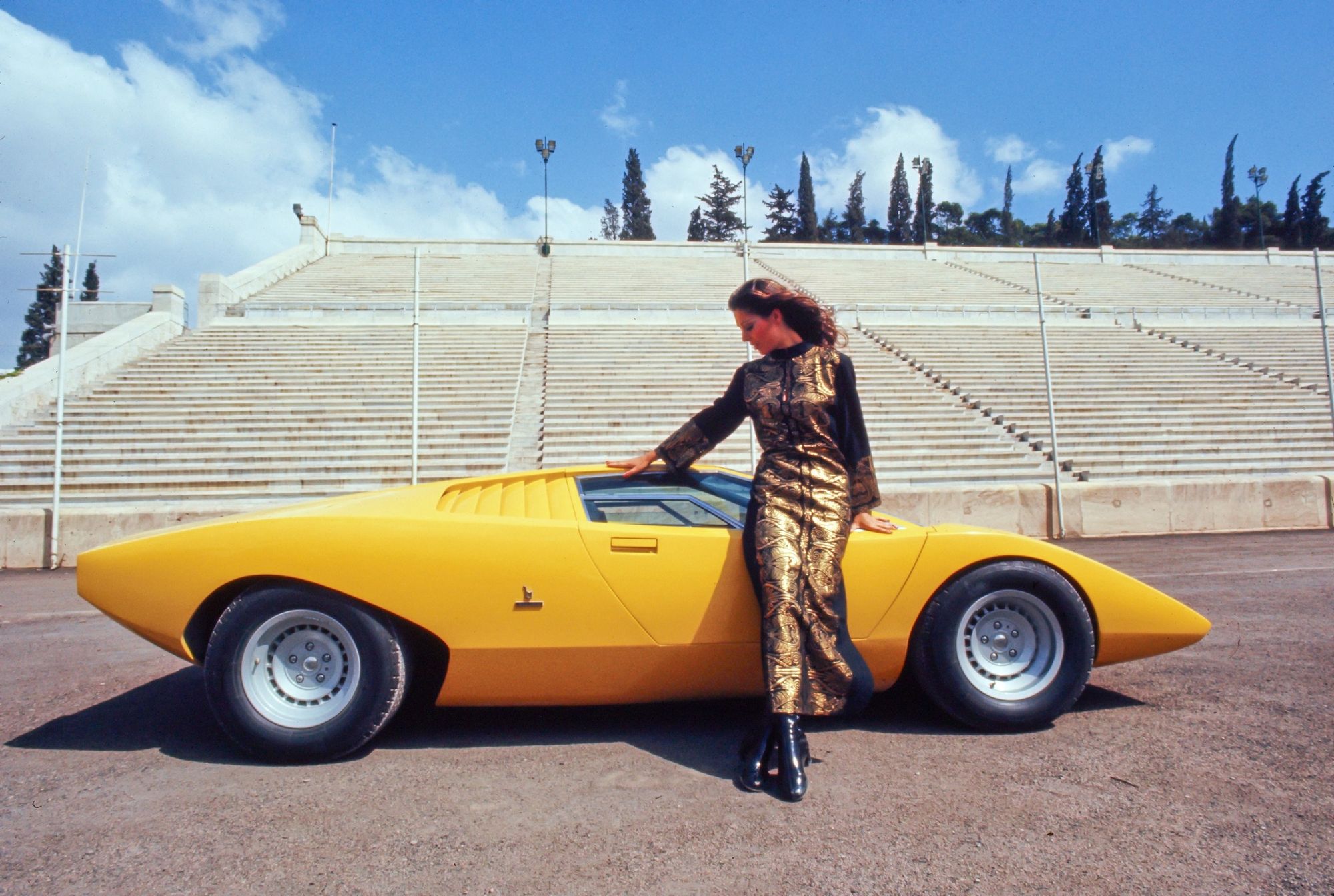
Indeed, Lamborghini’s latest was a case of what the f… is that…
It was a two-seater, it had its V12 amidships, and it was suggested that it could very well be the replacement of the now legendary Miura. It was also more powerful, it was lighter, and it looked like it really could cleave through the air, through the stratosphere for the matter.
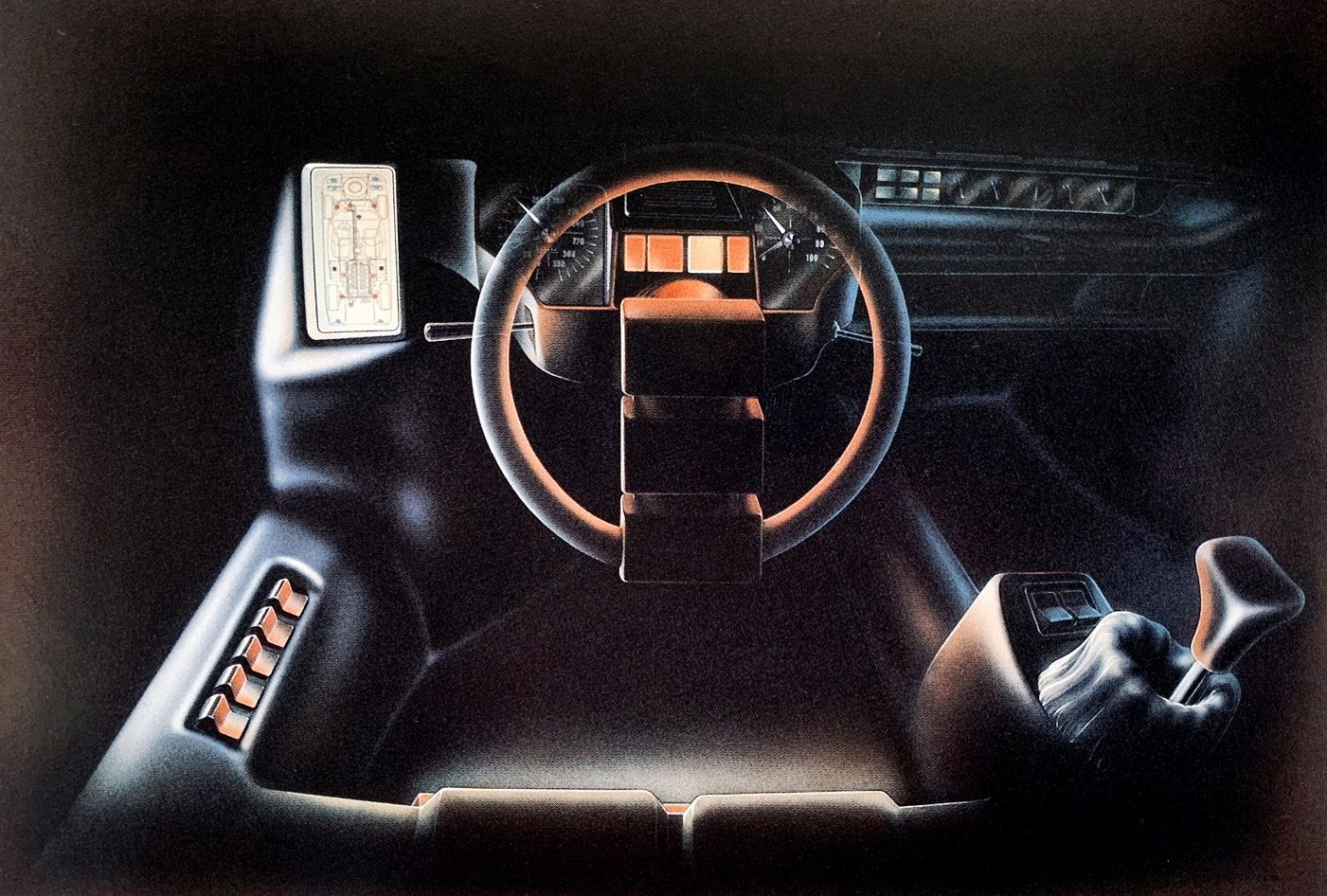
It was also intricately sculpted, beautiful to some eyes, strange and brutal to others, a striking mix of beauty and function, of flowing lines and straight wedges, of soft forms and hard edges, of the sublime and the butch.
Unlike some of the earlier unveilings of a new concept from Lamborghini or Bertone, there was no forewarning at all, as the concept was ready at the very last hour before the bolide was trucked off to Geneva.
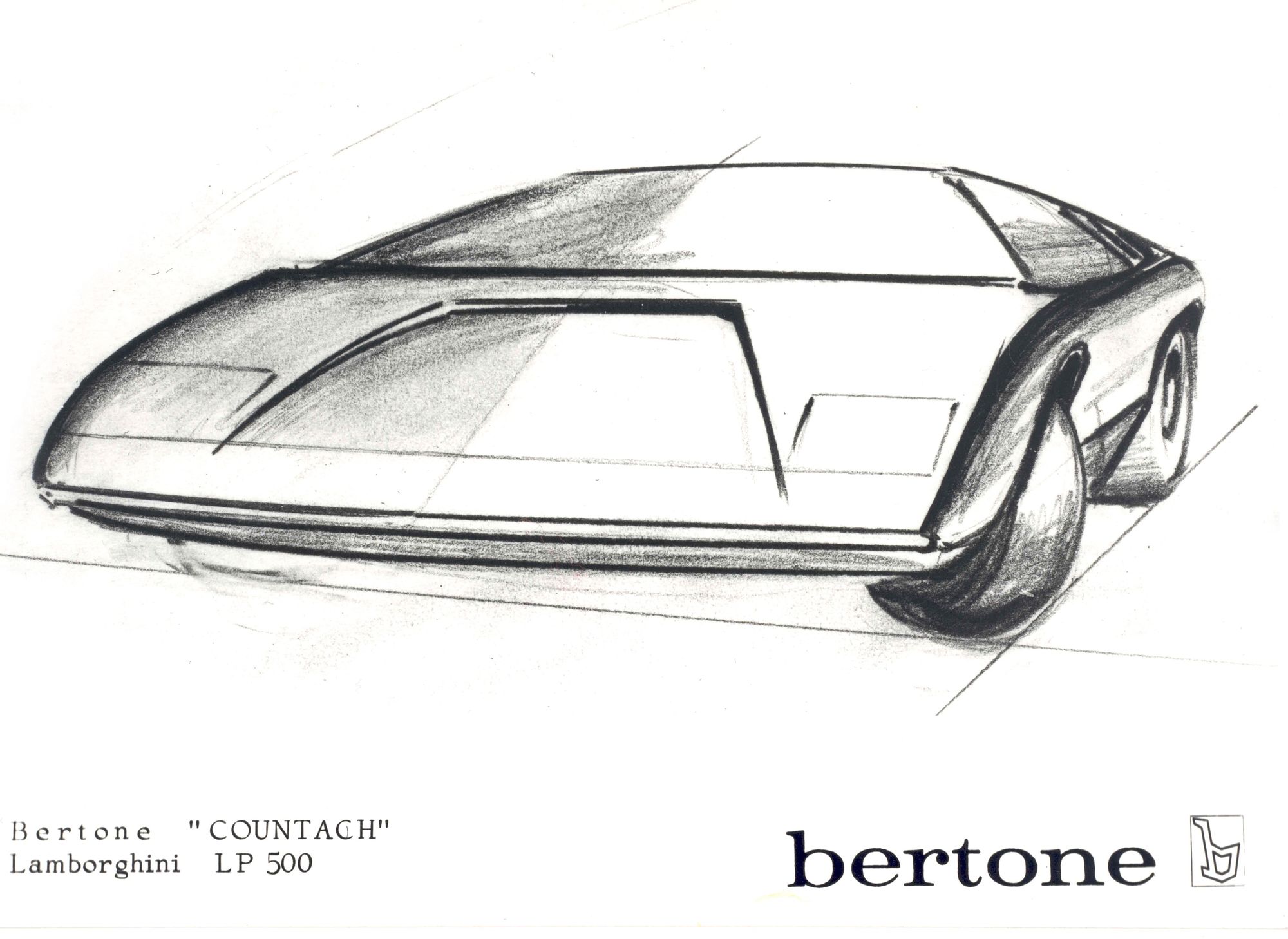
If the Miura had everyone seduced, the Countach had all and sundry stunned. If the Miura was beautiful, sensuous, gorgeous, and even if the proportions were radical, the design details and elements were classical.
The Countach, in contrast, was not only groundbreaking in its mechanical layout, its proportions even more extreme, its design, in terms of details, elements and surface treatment, was more revolutionary, a complete break from all that had astounded showgoers, press, enthusiasts and the public until then.
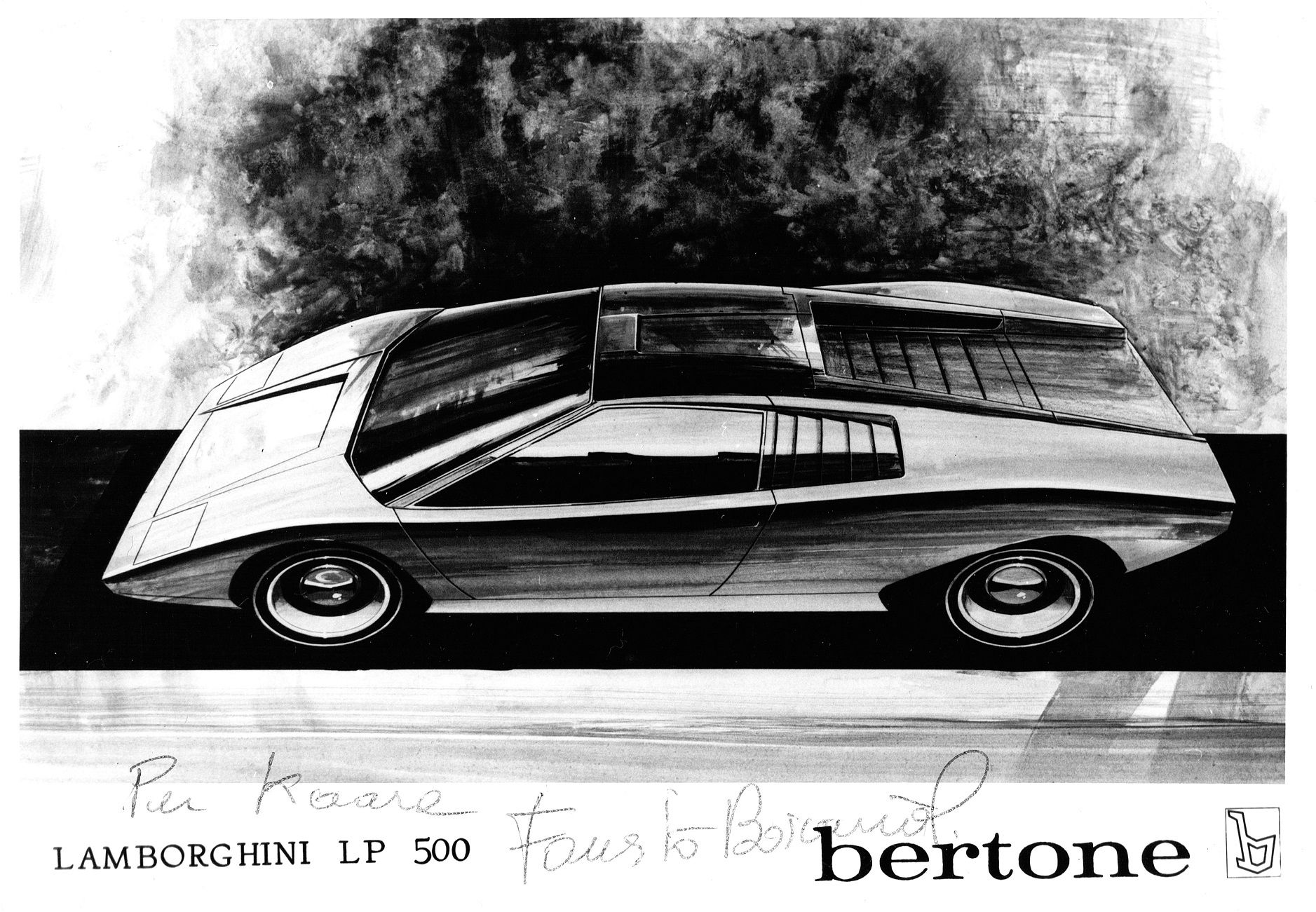
Yet, if one had been carefully following Marcello Gandini’s design career until then, the Countach was not all that surprising.
Beginning with the Marzal, Gandini’s explorations into new forms and styles of sharp edges melding with softer curves, hard forms jousting with taut, but curving lines, had evolved and honed into the animal-like Carabo, and perfected by the time the Lancia Strato’s Zero migrated from being a one-fifth scale model of sculpture to a full-sized art form in steel, glass, and aluminium.
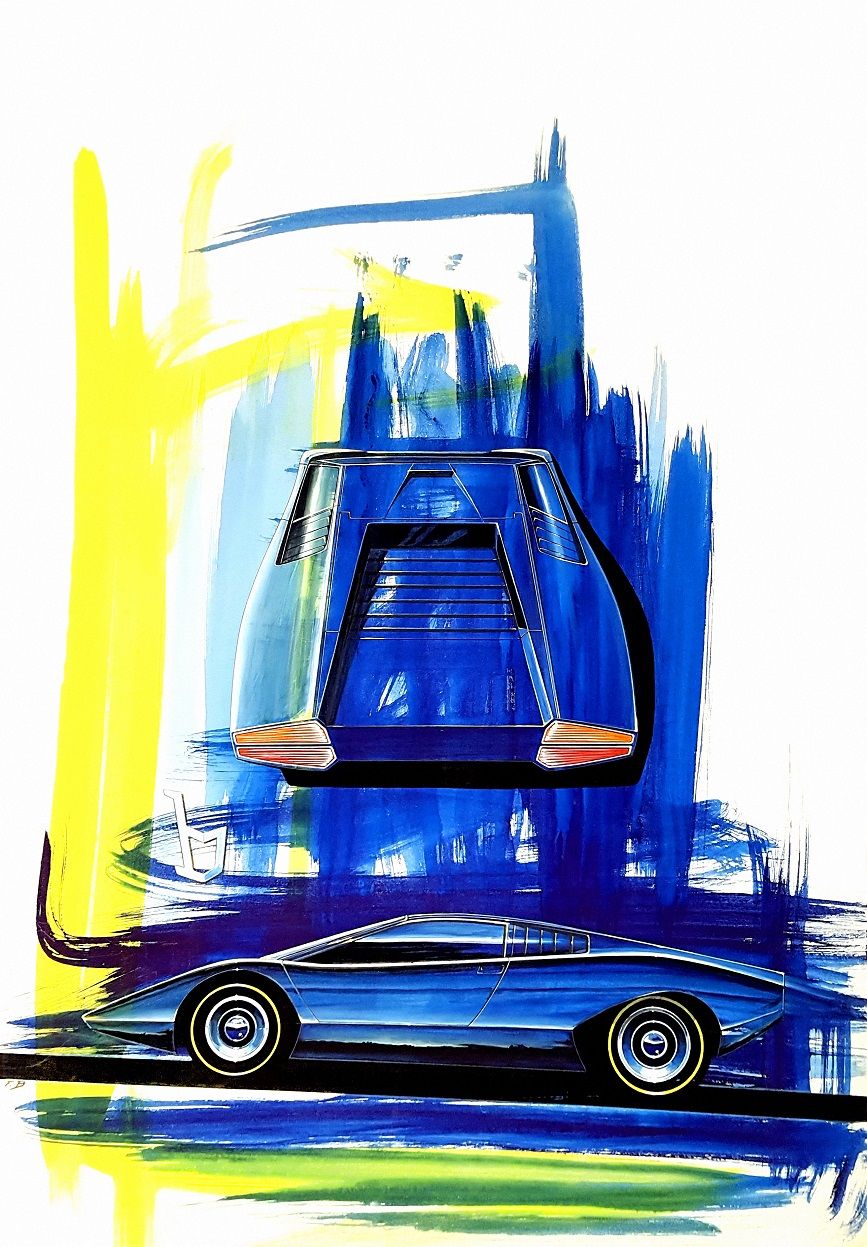
It was indeed the extraordinary form of the Lamborghini Countach that stamped the name and the reputation of the marque indelibly in the mind of enthusiasts, media and public.
The achingly beautiful Miura made Lamborghini known, the Espada made the marque very desirable, but it was the Countach that made Lamborghini controversial, famous, infamous, a car that grabbed headlines in no uncertain way, and eventually, immortalized the brand.
Even if the Miura had evolved to the fully sorted SV iteration, the shortcomings of Lamborghini’s flagship were more than obvious: excessive lightness at the front, suspect aerodynamics, a rather recalcitrant gearbox, as well as issues regarding heat and noise.
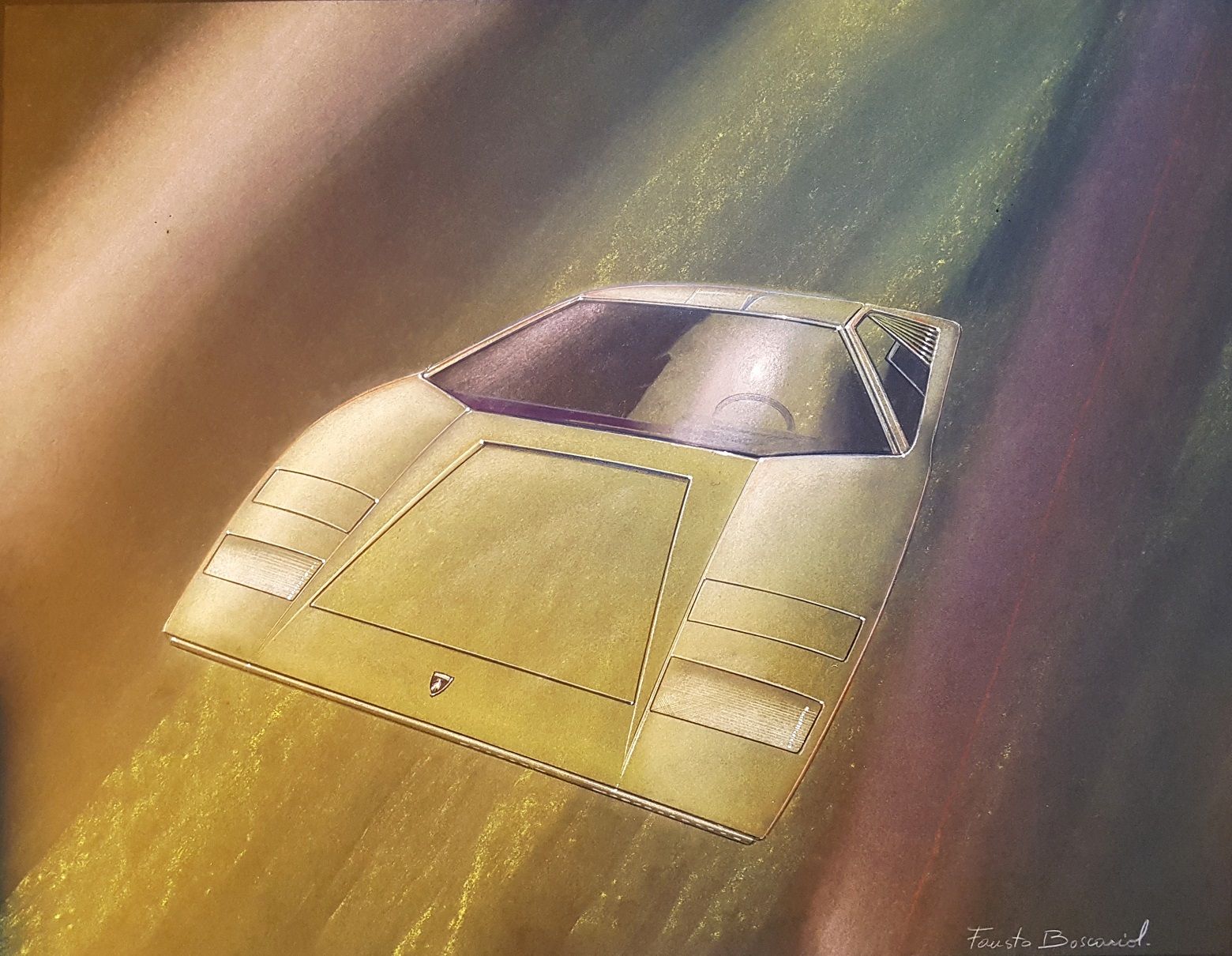
Placing the engine longitudinally seemed to be a better solution at addressing the issue of front-end lightness and better front-rear weight bias, plus heat and noise could be less too, as most of the engine would be away from the cabin.
Although credit has been given to Paolo Stanzani for the Countach’s very innovative layout configuration, the real originator of the concept was Oliviero Pedrazzi, the technician working under Stanzani.
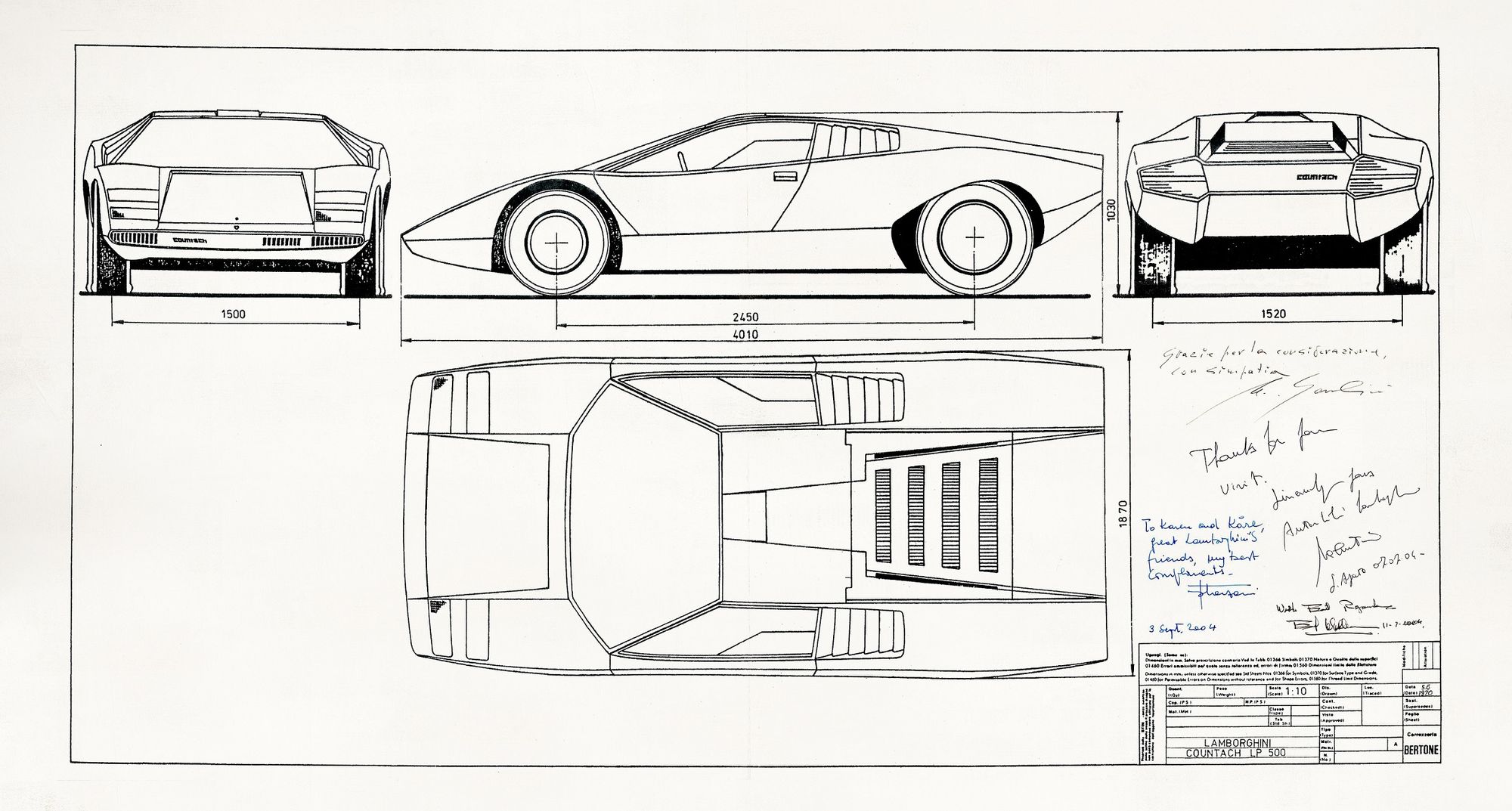
As Pedrazzi explained to the author: “I came up with the idea of using the engine-transmission combination of the Espada, but turned around, so that the gearbox would be located ahead and between the seats for the driver and passenger. It was done to essentially rationalize our production process and save costs.”
Thus, with this very innovative, yet simple solution, the Countach managed to feature a longitudinal engine in a shorter wheelbase than that of the Miura!
“For the design of the Countach, Stanzani and me, we worked very closely,” remembers Gandini. Between them they arrived at a wheelbase of 2.45 meter (compared to the Miura’s 2.5), despite the longitudinal layout of the engine.
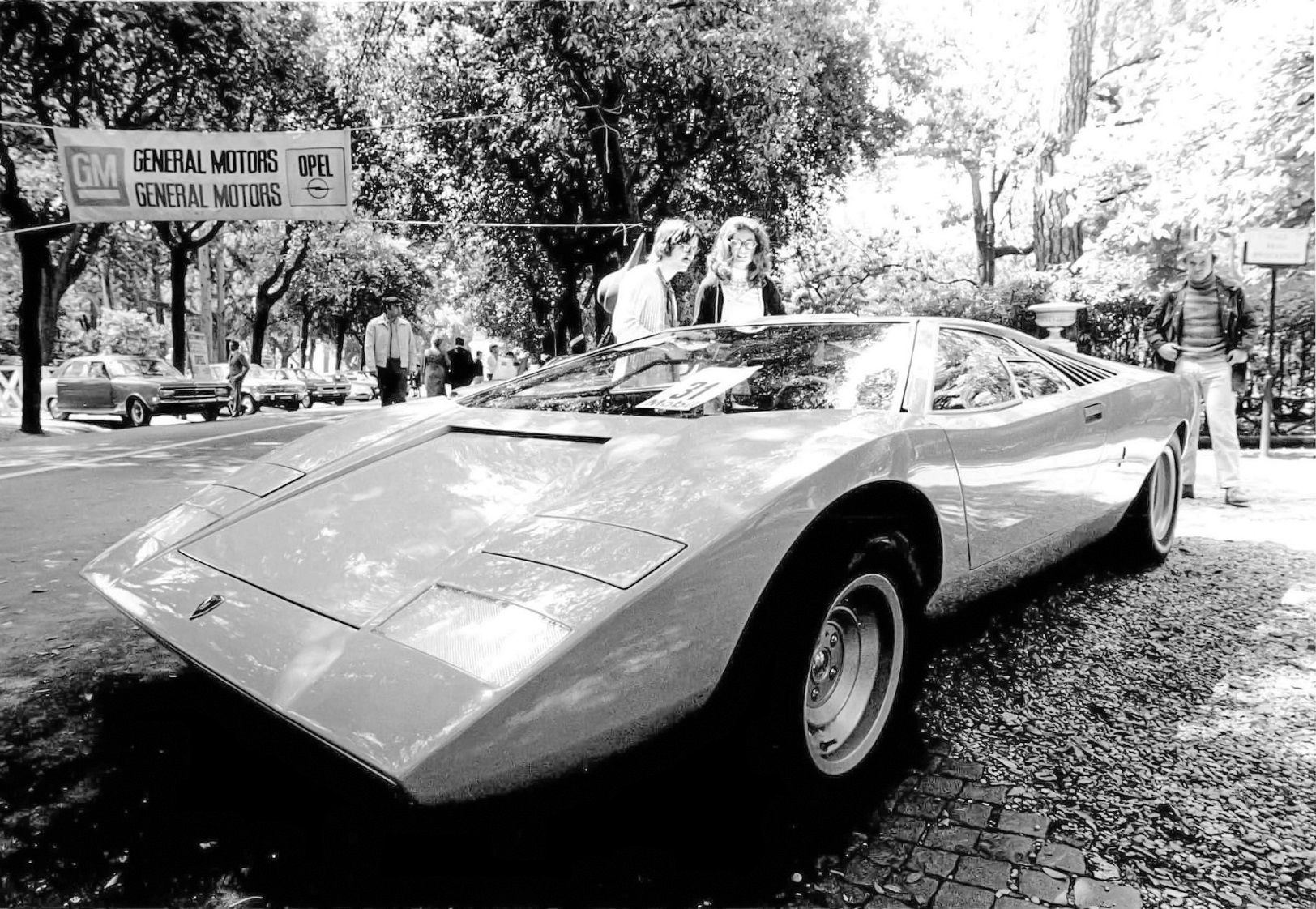
With the experience of the Alfa Romeo Carabo and the Lancia Stratos Zero and HF projects, Gandini proposed “that the driver and passenger could sit further forward, but closer together with their legs extended between the front pair of wheels, up to the front axle line, thus making it possible to reduce the wheelbase of the car.”
Around October 1970, Gandini drew out the tightly enveloping shape of the car, completed in a matter of weeks with the scale model readied soon thereafter, with the full-sized orthogonal drawings ready before Christmas ‘70.

The making of the buck and shaping of the body was completed in the two months preceding the Geneva Motor Show, during January and February 1971. And what a shape it was.
In keeping with the theme of a faster, more powerful car and anticipating future US anti-pollution laws, a larger engine of 4971cc unit was planned, with maximum power and torque at 440bhp and 495Nm.
Yet, with a significantly more compact dimension—just over four meters long, 1.87 meters wide and 1.03 meters high—the car was markedly smaller than the Miura.
Thus, the very plausible claimed top speed of 300 km/h, which would make the car the fastest landbound missile on Planet Earth then.
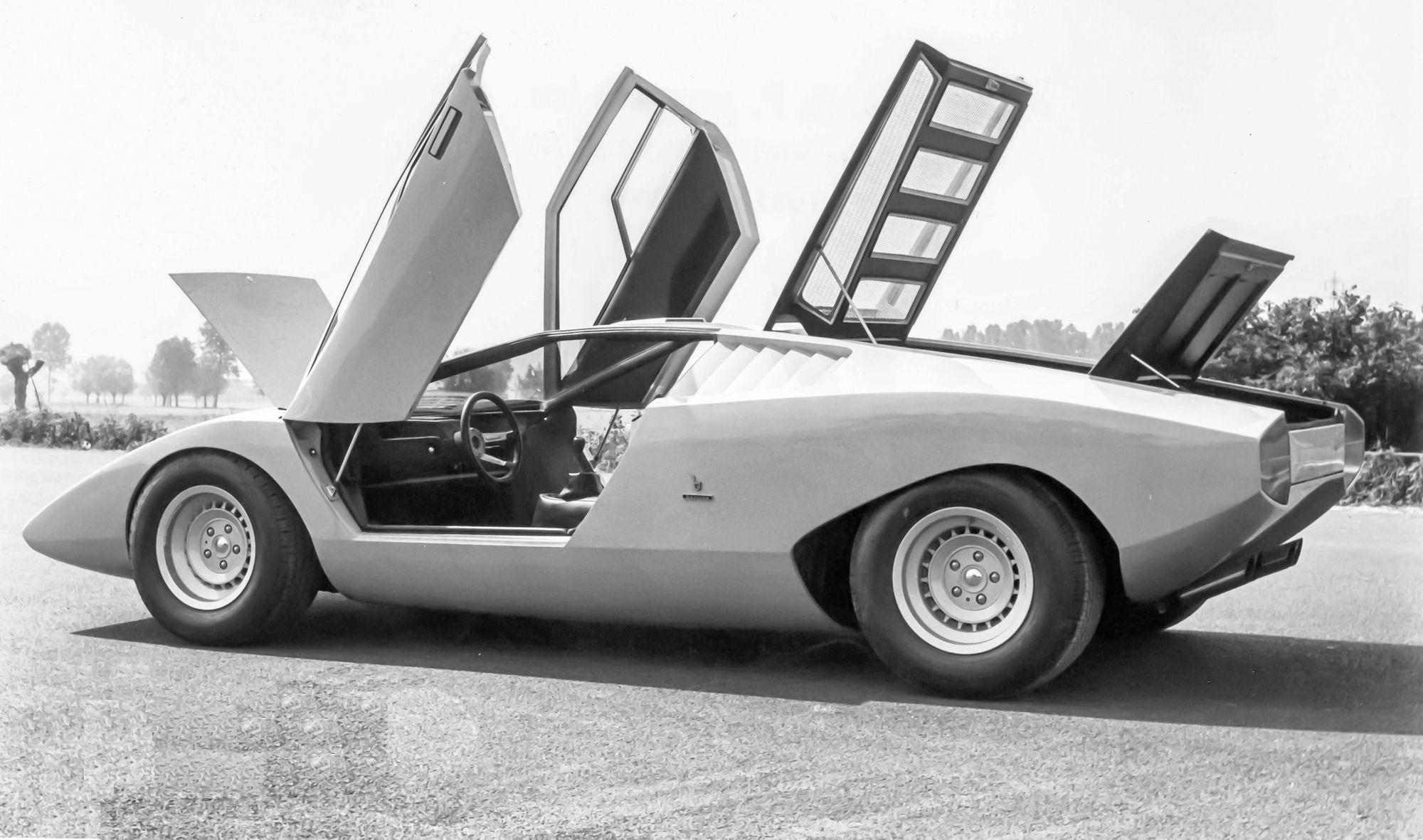
The planned 5-litre unit gave the car the LP500 moniker, but as there was no time to develop an all-new unit, the prototype Countach from 1971 used the standard 3.9-liter V12.
Although concept-car-like in its looks, layout and thinking, Ferruccio Lamborghini (who had apparently been completely taken by surprise himself at Geneva, with the car that proudly displayed his name) went on to confirm at the Geneva show that the Countach was indeed intended for production and would replace the Miura.
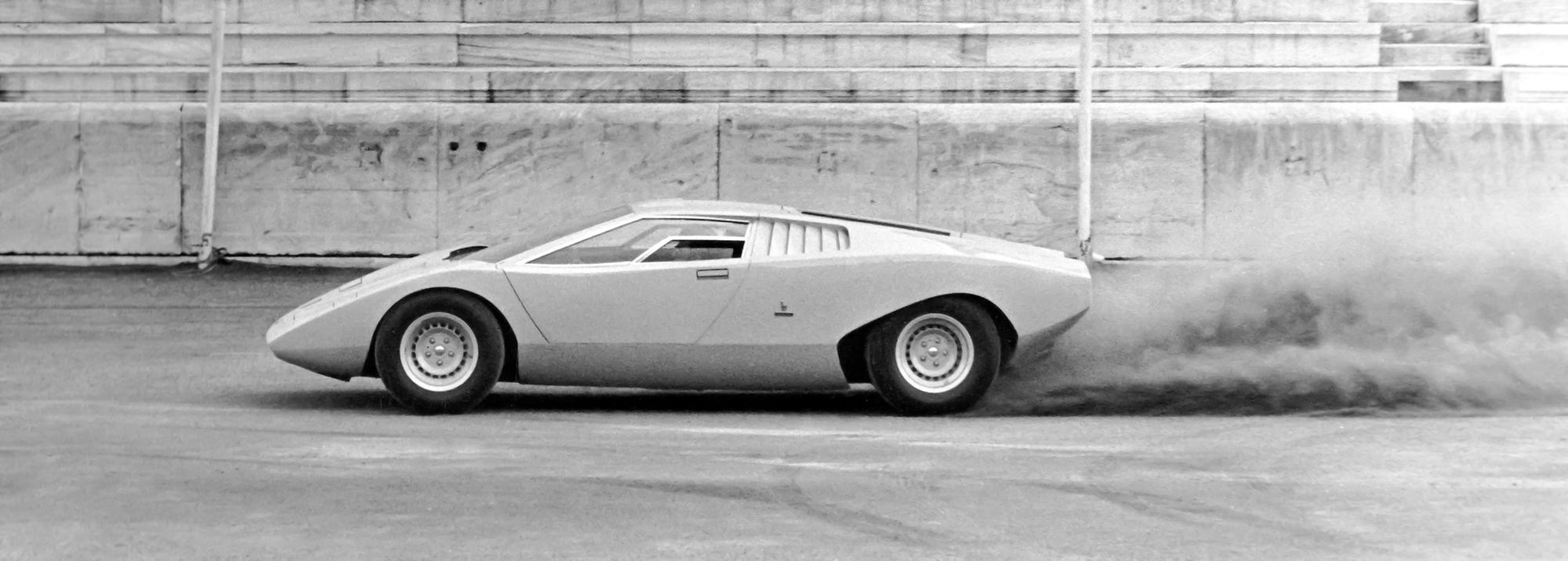
It would be interesting to remember that it was Bertone that unveiled the original Countach, not Lamborghini.
For more details on the story of how and what happened to the LP500 check out this book:
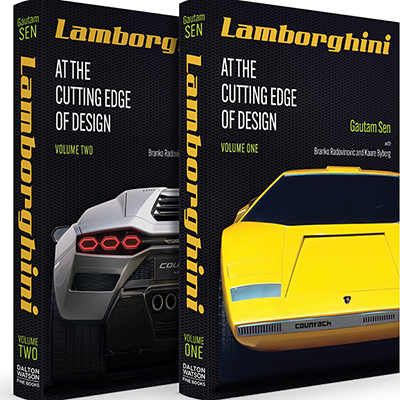
Comments
Sign in or become a deRivaz & Ives member to join the conversation.
Just enter your email below to get a log in link.
